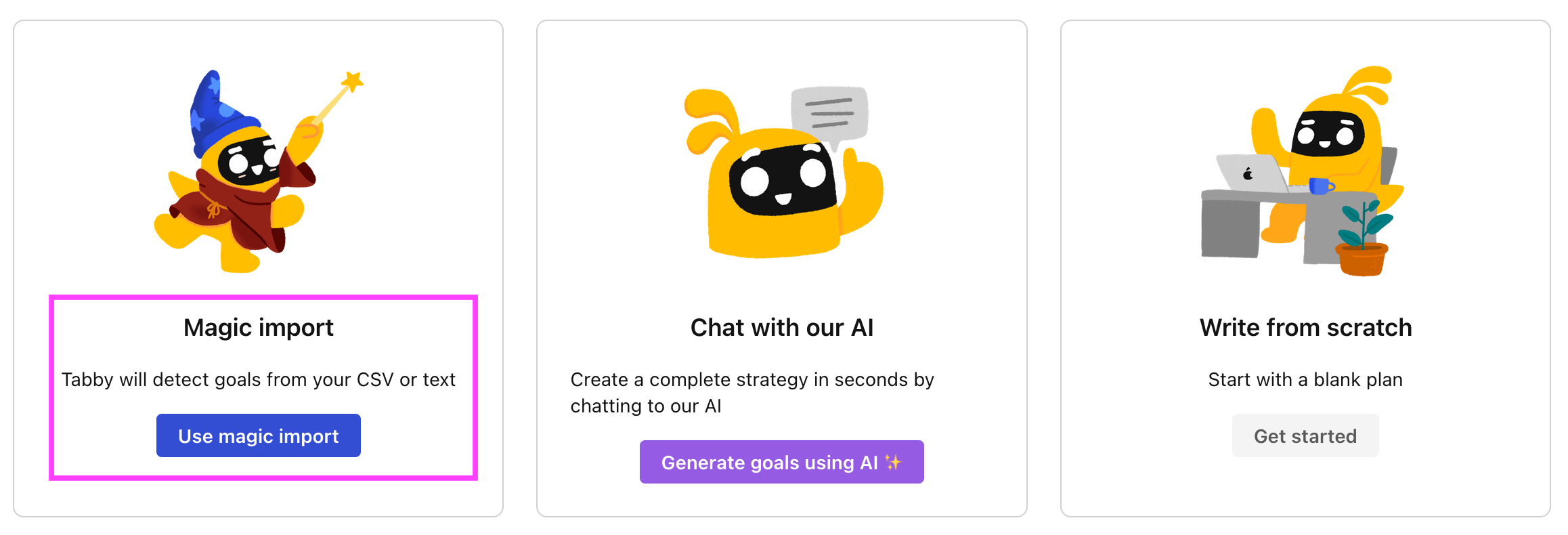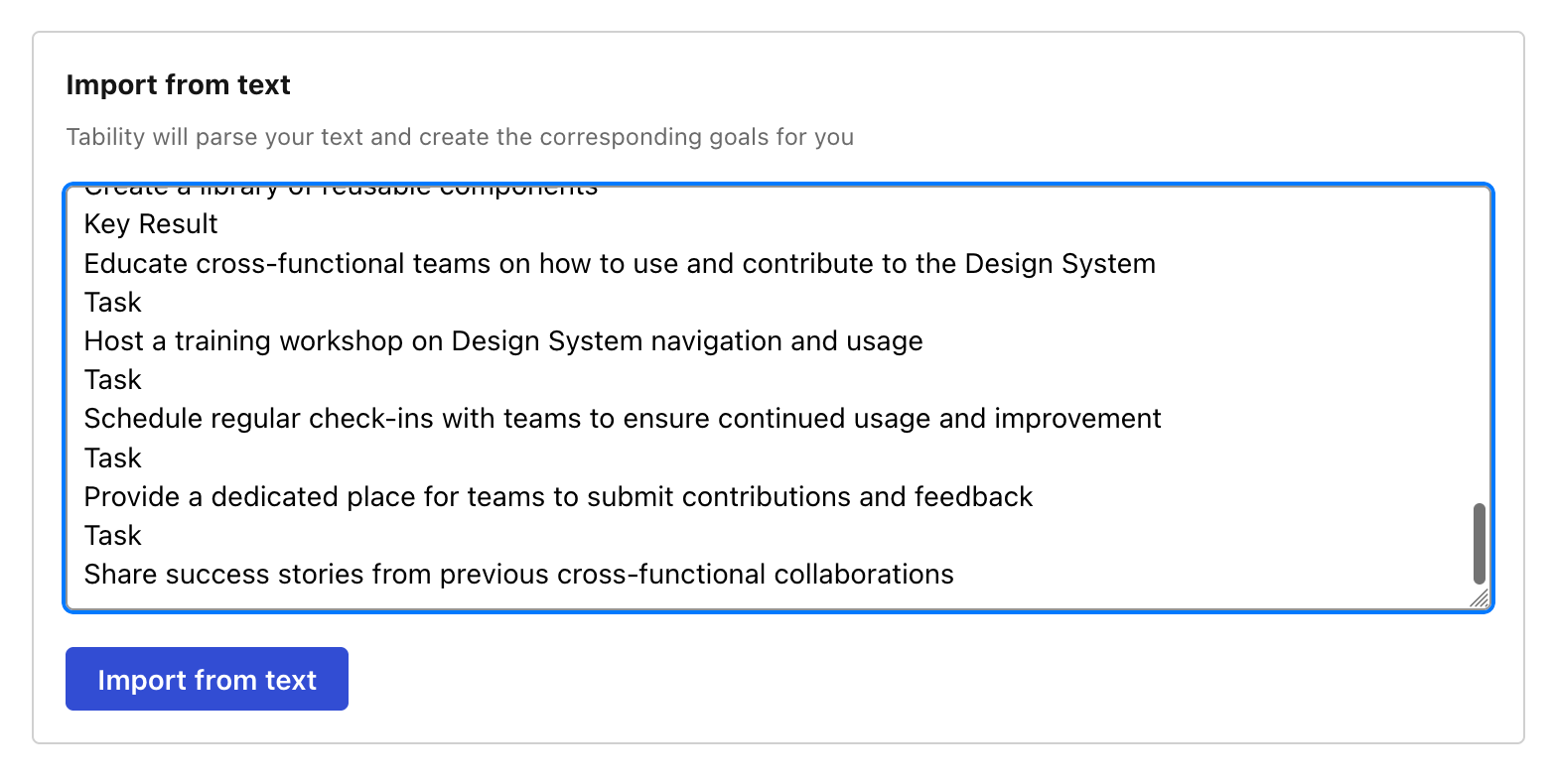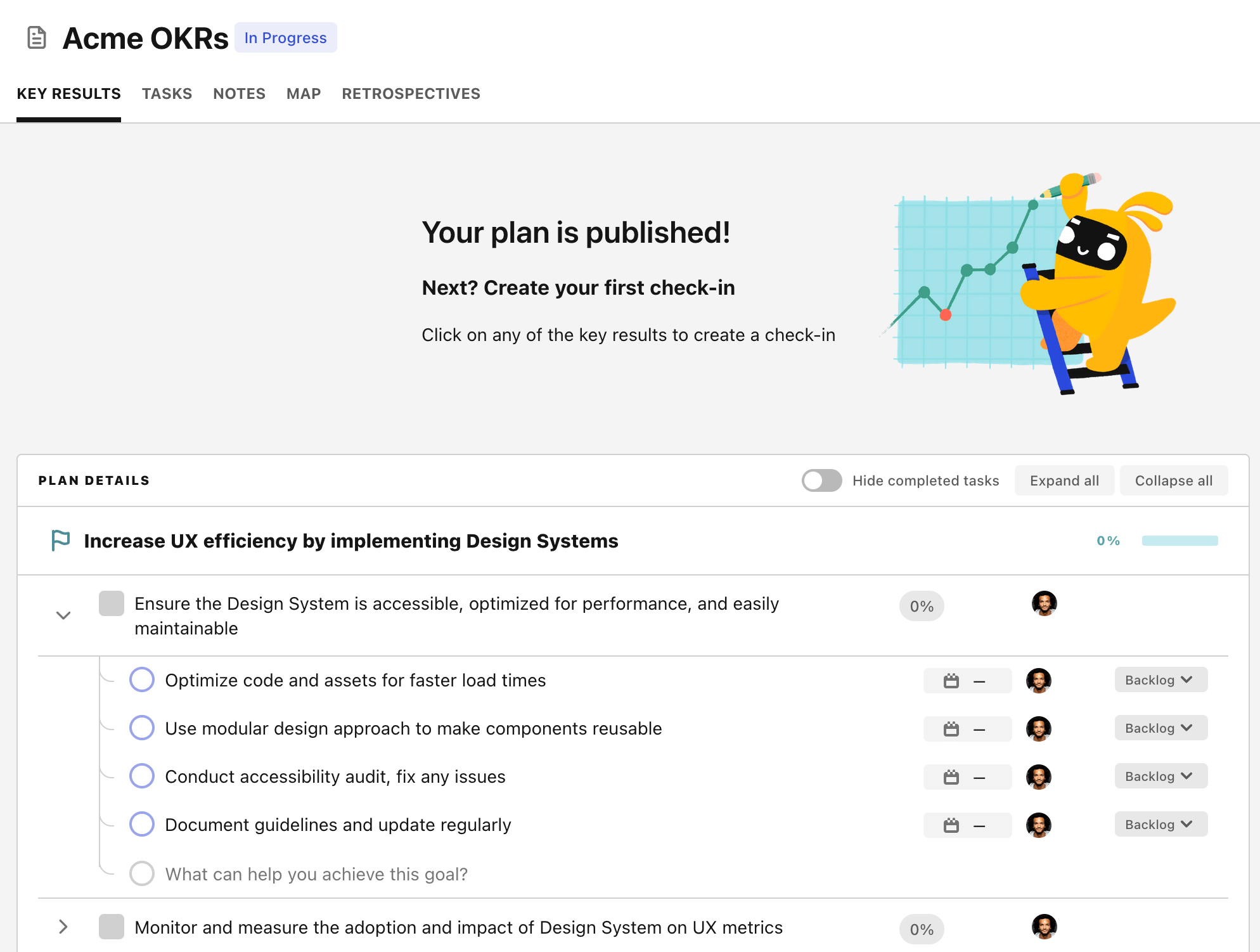OKR template to improve boundary setting and favor asking
Your OKR template
The next objective is to limit generosity to one major gesture per person each week. This approach involves planning generosity activities strategically. The initiatives under this objective include executing planned generosity every week, planning a meaningful gesture for a chosen person, and pinpointing a single individual to support each week.
The final objective is to attend two seminars dedicated to professional boundary-setting skills. This educational initiative aims to enrich personal knowledge and enhance the ability to set acceptable boundaries at work. The specific steps to realize this goal include actively participating at both seminars, registering for selected seminars online, and researching to find two suitable boundary-setting seminars.
In sum, this OKR is designed to enhance professional relationships, self-sufficiency, and independent problem solving. The goal is to find a balance between being helpful and maintaining professional boundaries, ensuring a more efficient and respectful work environment.
ObjectiveImprove boundary setting and favor asking
KRReduce favor-asking instances by 30% in professional interactions
Promote independent problem-solving skills
Establish clear boundaries for professional assistance
Improve self-sufficiency in task completion
KRLimit generosity to one significant gesture per person weekly
Execute planned generosity weekly
Plan meaningful gesture for chosen person
Identify one person to assist weekly
KRJoin two seminars on professional boundary-setting skills
Attend and participate actively in both seminars
Register for selected seminars online
Research and select two relevant boundary-setting seminars
How to edit and track OKRs with Tability
You'll probably want to edit the examples in this post, and Tability is the perfect tool for it.
Tability is an AI-powered platform that helps teams set better goals, monitor execution, and get help to achieve their objectives faster.
With Tability you can:
- Use AI to draft a complete set of OKRs in seconds
- Connect your OKRs and team goals to your project
- Automate reporting with integrations and built-in dashboard
Instead of having to copy the content of the OKR examples in a doc or spreadsheet, you can use Tability’s magic importer to start using any of the examples in this page.
The import process can be done in seconds, allowing you to edit OKRs directly in a platform that knows how to manage and track goals.
Step 1. Sign up for a free Tability account
Go tohttps://tability.app/signup and create your account (it's free!)
Step 2. Create a plan
Follow the steps after your onboarding to create your first plan, you should get to a page that looks like the picture below.

Step 3. Use the magic importer
Click on Use magic import to open up the Magic Import modal.
Now, go back to the OKR examples, and click on Copy on the example that you’d like to use.

Paste the content in the text import section. Don’t worry about the formatting, Tability’s AI will be able to parse it!

Now, just click on Import from text and let the magic happen.

Once your example is in the plan editor, you will be able to:
- Edit the objectives, key results, and tasks
- Click on the target 0 → 100% to set better target
- Use the tips and the AI to refine your goals
Step 4. Publish your plan
Once you’re done editing, you can publish your plan to switch to the goal-tracking mode.

From there you will have access to all the features that will help you and your team save hours with OKR reporting.
- 10+ built-in dashboards to visualise progress on your goals
- Weekly reminders, data connectors, and smart notifications
- 9 views to map OKRs to strategic projects
- Strategy map to align teams at scale